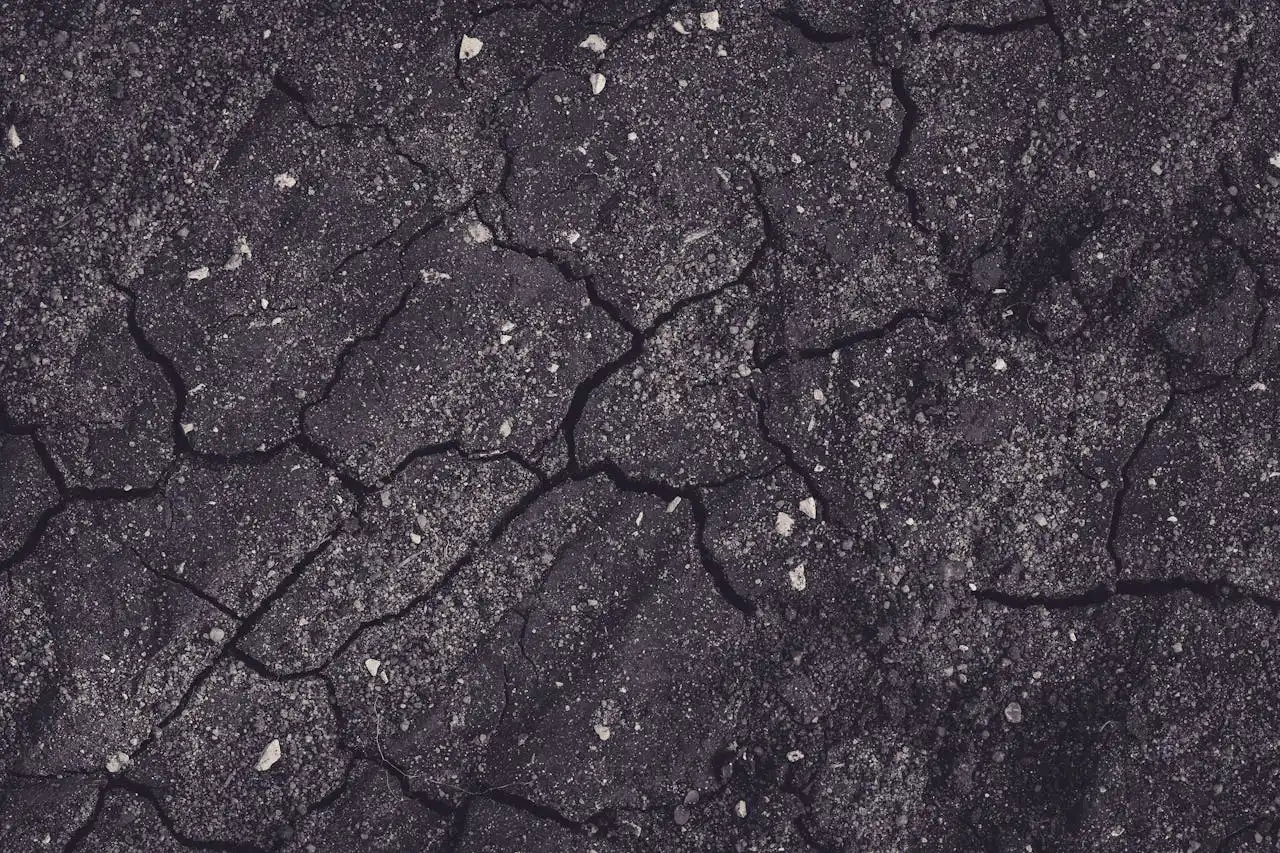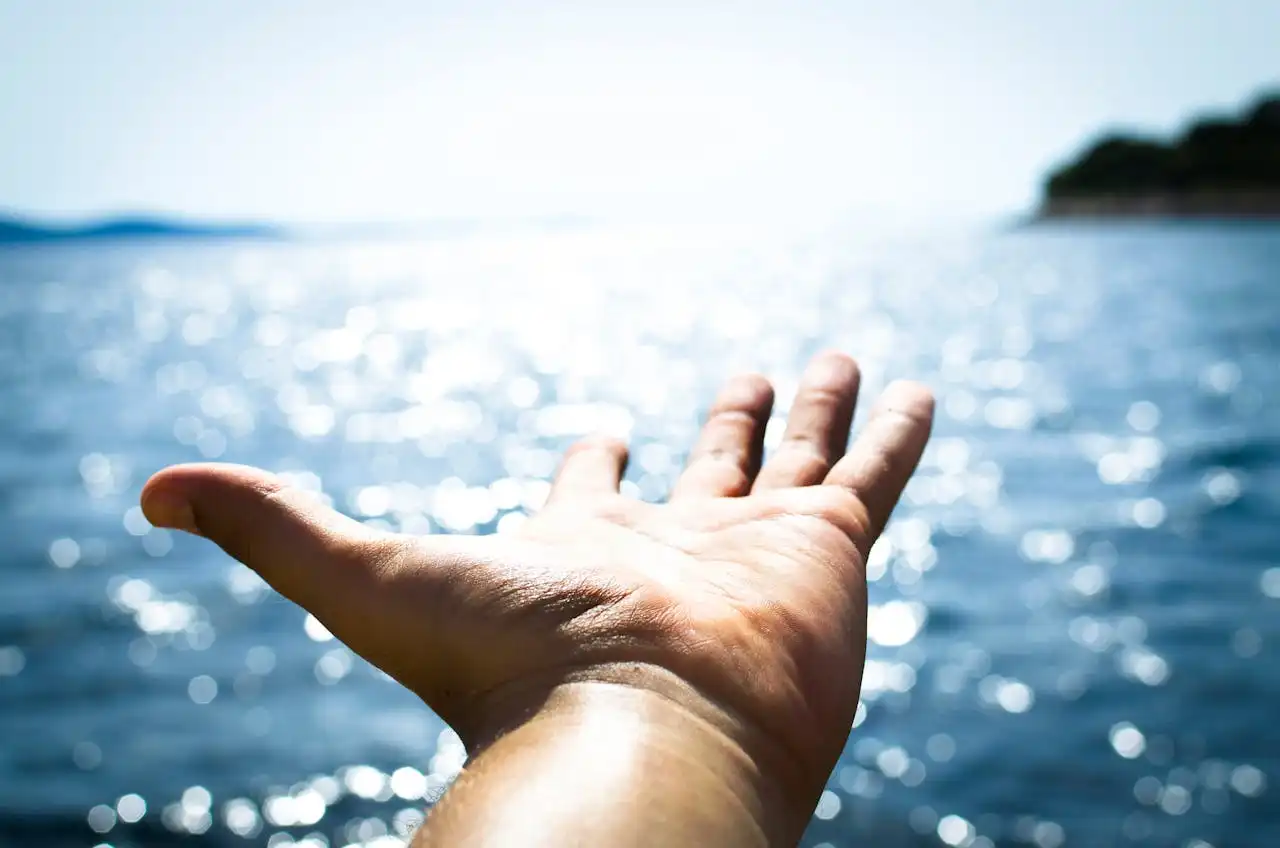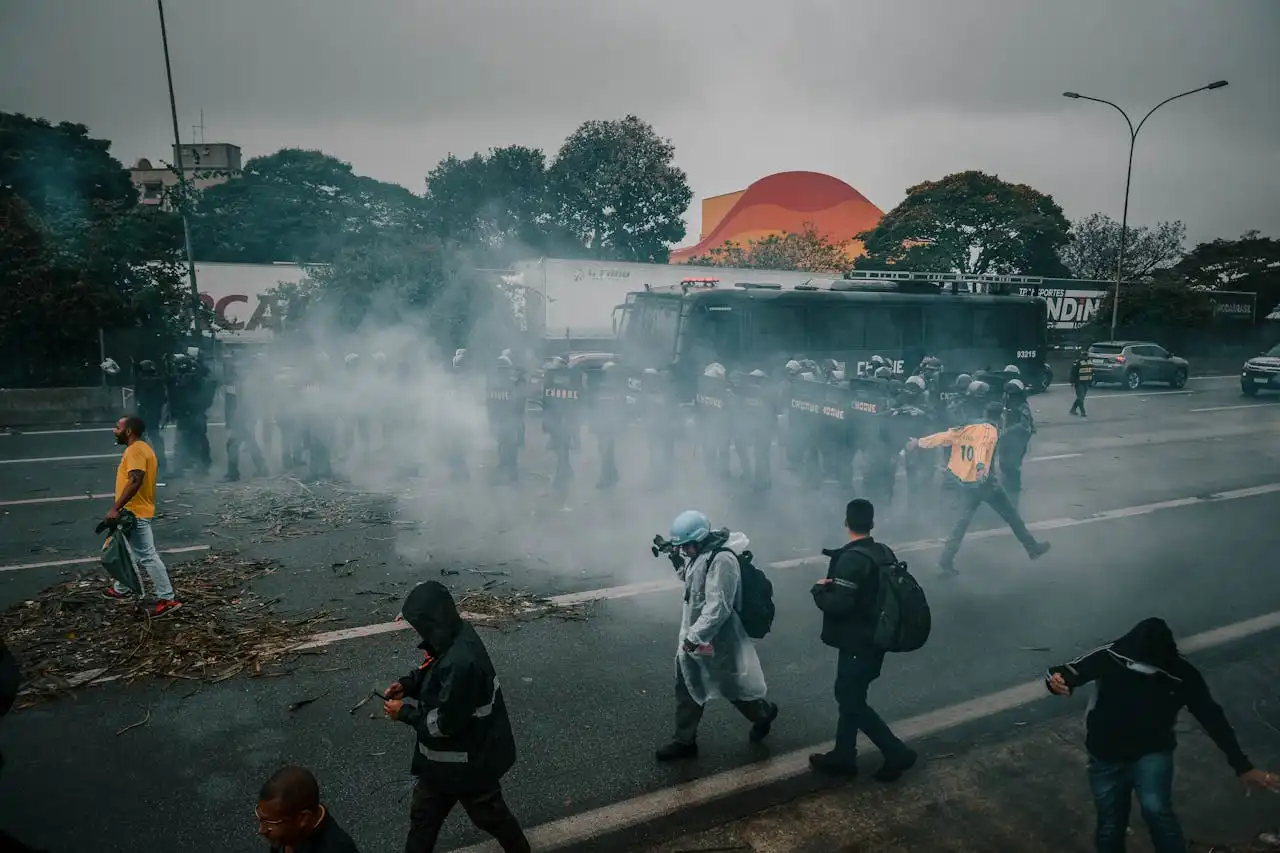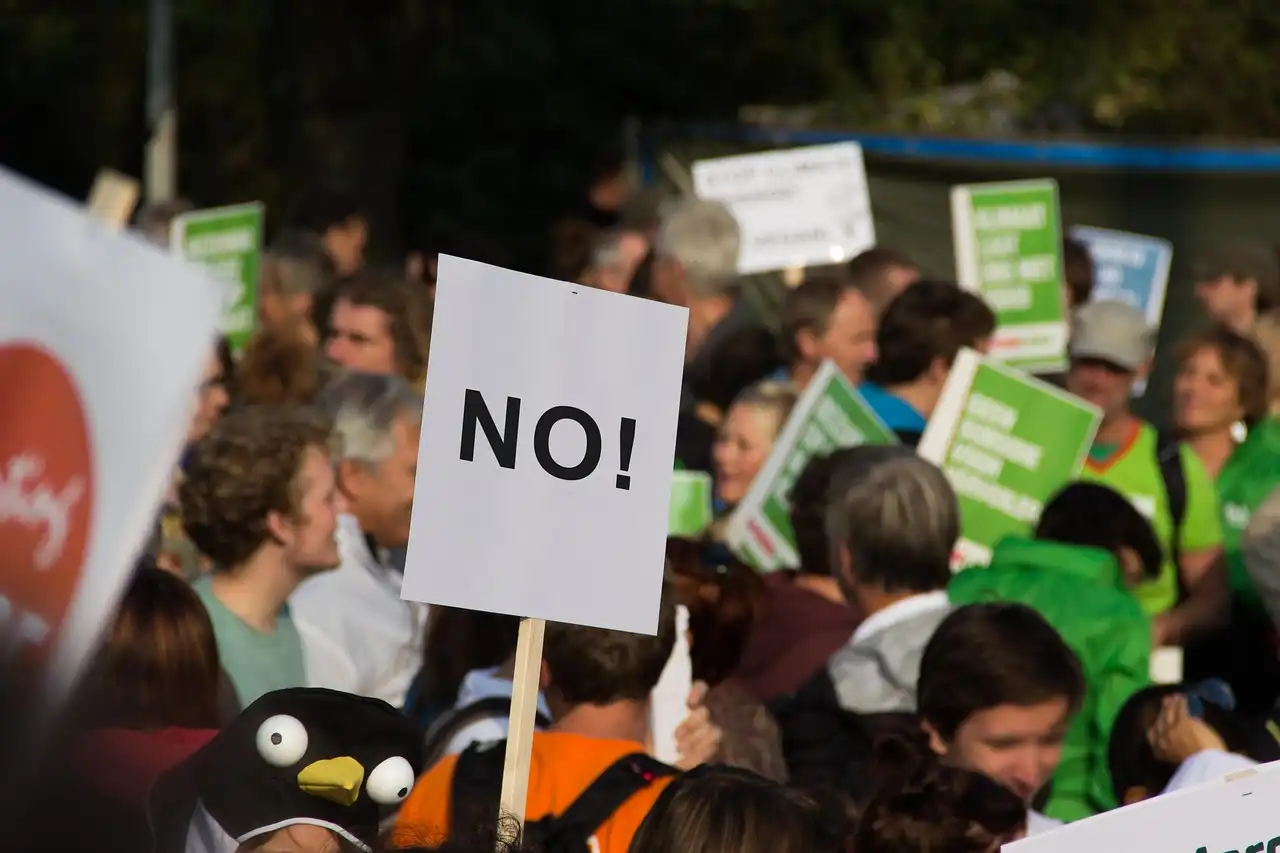When the Earth Trembles: Unpacking the Hard-Won Lessons from History's Great Earthquakes
Muhe - Wednesday, 30 July 2025 | 04:00 PM (WIB)


Haiti, 2010: A Cry for Basic Foundations
Remember Haiti in 2010? It felt like the world held its breath. A magnitude 7.0 earthquake struck near Port-au-Prince, and the images that flooded our screens were nothing short of apocalyptic. Buildings, many hastily constructed with little regard for safety standards, crumbled like sandcastles. The death toll, tragically, soared into the hundreds of thousands. It wasn't just the quake's intensity; it was the sheer lack of robust infrastructure and emergency preparedness that turned a natural disaster into an unprecedented humanitarian catastrophe. Schools, hospitals, government buildings – the very pillars of society – collapsed, making rescue and recovery efforts an uphill battle from day one. Haiti served as a stark, heart-wrenching wake-up call, screaming loudly about the critical importance of fundamental building codes and the devastating cost of ignoring them, especially in developing nations where resources are already stretched thin. It truly showed how socio-economic factors can amplify a natural hazard into an absolute nightmare.Japan, 2011: Resilience Meets Unforeseen Fury
Fast forward a year, and the earth shook again, this time off the coast of Japan. The Tohoku earthquake in 2011, a colossal magnitude 9.0, triggered a tsunami that was, frankly, beyond anything most people could imagine. Waves soared, swallowing entire towns, pulling lives and livelihoods out to sea. Yet, here's where the narrative takes a different turn. Japan, a nation living on the geological edge, has long been a global leader in earthquake preparedness. Their early warning systems are top-notch, often giving people precious seconds or even minutes to brace themselves. Their buildings are engineered to sway, not crumble. Despite the immense scale of the disaster, particularly the nuclear incident at Fukushima, the relative resilience of Japan's infrastructure and the incredible discipline of its citizens in the immediate aftermath were remarkable. It wasn't perfect, of course; the tsunami's sheer force showed that even the best preparations can be overwhelmed. But it underscored the value of investing heavily in science, engineering, and public education, proving that preparedness isn't just a good idea; it's a life-saver, buying critical time and preventing an even greater loss of life.Nepal, 2015: Old Worlds, New Challenges
Then came Nepal in 2015, a country known for its breathtaking Himalayas and ancient, intricately carved temples. A magnitude 7.8 quake ripped through the land, devastating Kathmandu Valley's historic sites, many of which were centuries old. The unique challenge here wasn't just modern infrastructure (though that was certainly an issue), but the preservation of cultural heritage and the sheer difficulty of reaching remote mountain communities. Landslides, triggered by the quake, cut off crucial access routes, making aid delivery a logistical nightmare. What struck many observers was the incredible spirit of the Nepali people, who, despite losing so much, often helped each other first before external aid even arrived. This tragedy illuminated the need for preparedness plans that consider diverse geographies and cultural contexts. It also highlighted the critical role of community-level resilience and the need for international aid to be nimble and adaptable, understanding that a one-size-fits-all approach just doesn't cut it when you're dealing with such varied terrains and traditional building methods.Lessons from the Rubble: A Blueprint for Tomorrow
So, what are the resounding echoes from these harrowing experiences? It's more than just a list; it's a comprehensive blueprint for a safer future:Building Codes Aren't Optional, They're Essential: Haiti drilled this home. Enforcing and regularly updating seismic-resistant building codes, especially in vulnerable regions, is non-negotiable. It's truly the bedrock of safety.Early Warning Systems are a Game-Changer: Japan showed us the power of those precious seconds. Investing in sophisticated detection and alert systems can make a world of difference, giving people time to drop, cover, and hold on.Community Preparedness is Key: From knowing what to do during a shake to having emergency kits ready, an informed public is a resilient public. Regular drills and educational campaigns aren't just for kids; they're for everyone.Infrastructure Beyond Buildings: We're talking about roads, bridges, communication networks, and power grids. If these fail, everything else grinds to a halt, as seen in Nepal's remote areas. Redundancy and resilience in these systems are paramount.Embrace Nature's Full Fury: Japan taught us that sometimes, even the best engineering isn't enough for the most extreme events. Understanding secondary hazards like tsunamis and landslides, and planning for them specifically, is crucial. It's about being prepared for the "what if" scenarios that seem impossible.International Cooperation is Non-Negotiable: When a disaster hits on a massive scale, no single nation can go it alone. Coordinated global efforts, pre-positioned resources, and streamlined aid delivery can save countless lives in the critical hours and days.A Future on Firmer Ground
Earthquakes are a fact of life on our dynamic planet. We can't stop them, but we are far from helpless. Each time the earth convulses, it forces us to pick up the pieces, reflect, and learn. The lessons gleaned from these tragedies — written in the very dust and debris of collapsed communities — are invaluable. They underscore that preparing for the unthinkable isn't about fear; it's about wisdom, foresight, and a collective commitment to protecting lives and legacies. By heeding these hard-won lessons, we can strive to build a future where, even when the ground trembles, our communities stand a fighting chance, transforming potential devastation into a story of survival and resilient rebirth. It’s a long journey, but it’s one we absolutely have to embark on, together.
Your Weekend Won't Recharge Itself: A Guide to Crushing the Energy Reset
2 months ago

The Hidden Horrors of Tear Gas: More Than Just a Fleeting Sting
2 months ago

1312: The Meaning, Origin, and Social Context of the Notorious Number
2 months ago

The Digital Tightrope: How Social Media Puts a "Double Burden" on Today's Teens
2 months ago

Say Goodbye to Awkward Texts: WhatsApp Unveils Your New AI Writing Coach
2 months ago

The Secret Weapon of Penguins: Why Their Poop is More Impressive Than You Think
2 months ago

NVIDIA Crushes New Record, Yet Market Concerns Still Exist Over "AI Bubble"
2 months ago

Your Cosmic DNA? Unpacking How Zodiac Signs Shape Who We Are
2 months ago

The Siren Song of Easy Money: Why We Can't Resist
2 months ago

Unplug and Recharge: Your Guide to Escaping the Gadget Grip
2 months ago
